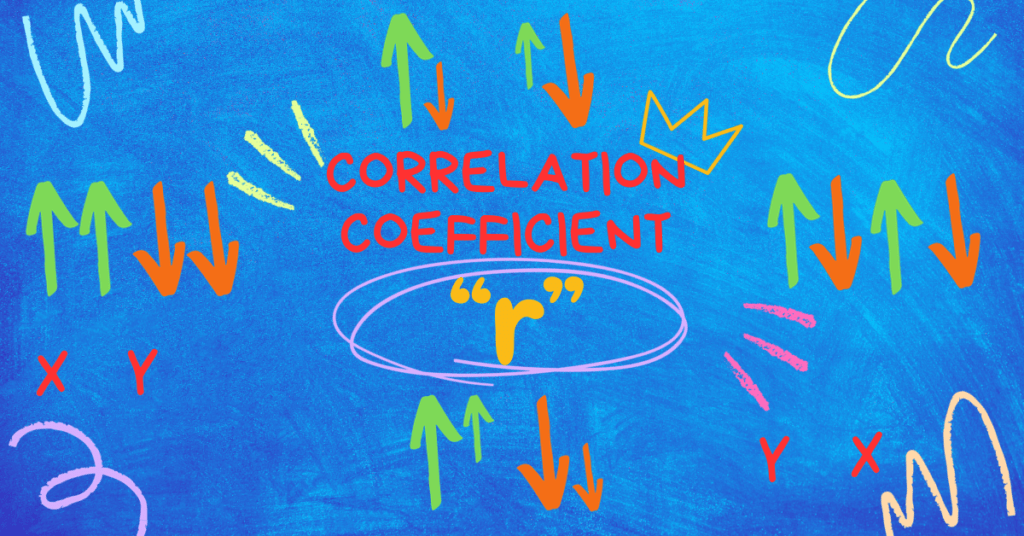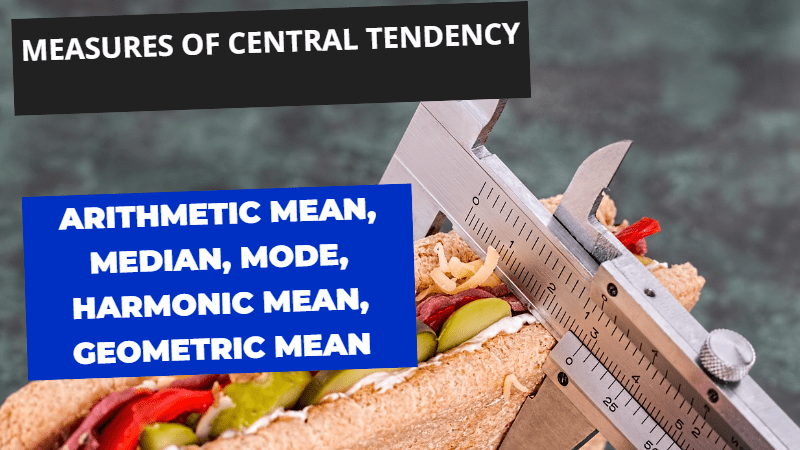In this blog post, I am going to discuss the paper of Business Statistics Solved Paper FBISE 2023 Annual ICOM II, MCQS, Short Questions, Extensive Questions, topics included are Introduction to Statistics, Averages, Index Numbers, Probability. Solved paper of Business Statistics Paper 2012 & solved paper of Business Statistics 2013, Business Statistics 2015, Business Statistics 2016, Business Statistics 2016 Supplementary, Business Statistics 2017, Business Statistics 2017 2nd Annual, Business Statistics 2018, Business Statistics 2018 2nd Annual are already published on the website. Stay Connected for other boards solutions such as BISELHR, BISERWP etc.
Solved by Iftikhar Ali, M.Sc Economics, M.Com Finance Lecture Statistics, Finance & Accounting
Table of Contents
Business Statistics Solved Paper FBISE 2023 Annual ICOM II, MCQS, Short Questions, Extensive Questions
MCQS
Q 1: Fill the relevant bubble against each question.
| 1 | A constant can assume: | ||
| A) | More than one value | B) | Only one value |
| C) | Different Value | D) | No value at all |
| 2 | Issuing a new N.I.C is an example of: | ||
| A) | Registration | B) | Sampling |
| C) | Census | D) | Fictitious data |
| 3 | Data obtained by internet source are: | ||
| A) | Raw data | B) | Private data |
| C) | Secondary data | D) | Primary data |
| 4 | A pie diagram is represented by a: | ||
| A) | Rectangle | B) | Square |
| C) | Triangle | D) | Circle |
| 5 | In symmetrical distribution mean, median and mode are always: | ||
| A) | Equal | B) | Different |
| C) | Negative | D) | Zero |
| 6 | If mean of 10 observations is 20, then their sum will be equal to: | ||
| A) | 20 | B) | 200 |
| C) | 2 | D) | 0.5 |
| 7 | If Y = -75 – 25X and X̅=3, then Y̅=? | ||
| A) | 150 | B) | 25 |
| C) | -150 | D) | 0 |
| 8 | Base year weighted index number is also known as: | ||
| A) | Fisher’s Index | B) | Paasche’s Index |
| C) | Marshall’s Index | D) | Laspeyre’s Index |
| 9 | Index for base period is: | ||
| A) | One | B) | Fix |
| C) | 100 | D) | More than 100 |
| 10 | When three dice are rolled then total number of possible outcome will be: | ||
| A) | 6 | B) | 12 |
| C) | 18 | D) | 216 |
Short Questions
SECTION-B (Marks 24)
Q.2: Answer any eight parts from Section ‘B’ and any two questions from Section ‘C’ on the separately provided answer book. Write your answers neatly and legibly. (8 x 3=24)
(i) Differentiate between descriptive and inferential statistics.
Answer: Descriptive statistics deals with collection and presentation of data in various forms, such as tables, graphs and diagrams and findings averages and other measures of data.
Inferential statistics deals with the testing of hypothesis and inference about population parameter is called Inferential Statistics.
(ii) Name any three sources of primary data.
Answer:
- Through Direct Questionnaire
- Through Email
- Through Telephone
- Through Public Social Media Poll
(iii) Find the class boundaries, midpoint, and width for each class.
- 293 – 353
- 11.8 – 14.7
- 3.13 – 3.93
Answer:
| Classes | Class Boundaries | Mid-Point | Width |
| 293 – 353 | 292.5 – 353.5 | 323 | 60 |
| 11.8 – 14.7 | 11.75 – 14.75 | 13.25 | 2.9 |
| 3.13 – 3.93 | 3.125 – 3.935 | 3.53 | 0.8 |
(iv) What is a pie-chart?
Answer
A pie chart also called a circular chart is a statistical graphic chart that is divided into slices to illustrate numerical proportion. Total area of pie chart is about to 360 degree. Certain variable has multiple proportion can be shown graphically through pie chart.
(v) Arithmetic mean of 20 values is 25, by adding 4 more values the mean becomes 30. Find the four values if the ratio between these values is 1:2:3:4.
Answer
![]()
![]()
![]()
![]()
![]()
![]()
Sum of four added values = 720 – 500 = 220
Ratio of four values = 1:2:3:4
Sum of ratios = 1+2+3+4=10
![]()
![]()
![]()
![]()
(vi) The logarithms of 3 values of x are 1.7076, 1.6812, and 1.6532. Find the mean of x values.
Solution:
| Log Values of X | X = Antilog of Log X |
| 1.7076 | 51 |
| 1.6812 | 48 |
| 1.6532 | 45 |
| ∑X= 144 |
![]()
(vii) If l=28, fm = 25, f1 = 20, f2 = 18 and h = 7. Compute mode.
Solution:
![]()
![]()
![]()
(viii) Given ∑(X – 10) = 2.8, n=5, Calculate arithmetic mean.
Solution
![]()
(ix) Given that ∑poqo = 1430, ∑p1qo = 1760, ∑p1q1 = 2110, and ∑poq1 = 1715. Find Fisher’s Ideal Price Index.
Solution:
![]()
![]()
![]()
(x) Given po = 5, 4, 3 and qo = 70,75,80. Find ∑W.
Solution:
| po | qo | W=poqo |
| 5 | 70 | 350 |
| 4 | 75 | 300 |
| 3 | 80 | 240 |
| ∑W=890 |
(xi) Solve the following:
![Rendered by QuickLaTeX.com \[ (a)\begin{pmatrix}9 \\P \\4 \\\end{pmatrix}\ (b)\begin{pmatrix}13 \\C \\0 \\\end{pmatrix}\ \]](https://bcfeducation.com/wp-content/ql-cache/quicklatex.com-76176f614090de3bab8da545efc94671_l3.png)
Solution:
![Rendered by QuickLaTeX.com \[ (a)\begin{pmatrix}9 \\P \\4 \\\end{pmatrix}\ \]](https://bcfeducation.com/wp-content/ql-cache/quicklatex.com-f9a999195924b9fd667b6dc8c81ba72f_l3.png)
![]()
![]()
![Rendered by QuickLaTeX.com \[ (b)\begin{pmatrix}13 \\C \\0 \\\end{pmatrix}\ \ \]](https://bcfeducation.com/wp-content/ql-cache/quicklatex.com-6c390fefad48c51d5bba56eb4a270fd6_l3.png)
![]()
![]()
Extensive Questions

Section C (Marks 16)
Note: Attempt any two questions. All questions carry equal marks. (2×8=16)
Q.3: Calculate Mean, Median and Mode from the following distribution….
Q.3: Calculate Mean, Median and Mode from the following distribution:
| Classes | 0—20 | 20—40 | 40—60 | 60—80 |
| Frequency | 20 | 30 | 40 | 10 |
Solution
| Class Limits | Frequency (f) | X | fX | C.f |
| 0—20 | 20 | 10 | 200 | 20 |
| 20—40 | 30 | 30 | 900 | 50 |
| 40—60 | 40 | 50 | 2000 | 90 |
| 60—80 | 10 | 70 | 700 | 100 |
| Sum | 100 | 3800 | ||
| ∑f or n= | ∑fX= |
![]()
![]()
Model Class = n/2 = 100/2 = 50 falls in C.f of 50 so data is:
L = 20, h = 20, f = 30, n/2 =100/2 = 50 & C = 20
![]()
![]()
![]()
![]()
![]()
Model Class: Maximum frequency is 40 so data for model class is:
L = 40, fm = 40, f1 = 30, f2 = 10 & h = 20
![]()
![]()
![]()
Q.4: Construct Fisher’s Price Index number for 2002 using 2001 as base…..
Q.4: Construct Fisher’s Price Index number for 2002 using 2001 as base.
| Items | 2001 | 2002 | ||
| Price | Quantity | Price | Quantity | |
| A | 64 | 270 | 75 | 290 |
| B | 40 | 124 | 45 | 144 |
| C | 18 | 130 | 21 | 137 |
| D | 58 | 185 | 68 | 200 |
Solution:
| Items | 2001 | 2002 | ||||||
| Price (Po) | Quantity (qo) | Price (P1) | Quantity (q1) | poqo | p1qo | p1q1 | poq1 | |
| A | 64 | 270 | 75 | 290 | 17280 | 20250 | 21750 | 18560 |
| B | 40 | 124 | 45 | 144 | 4960 | 5580 | 6480 | 5760 |
| C | 18 | 130 | 21 | 137 | 2340 | 2730 | 2877 | 2466 |
| D | 58 | 185 | 68 | 200 | 10730 | 12580 | 13600 | 11600 |
| Sum | 35310 | 41140 | 44707 | 38386 | ||||
| ∑poqo = | ∑p1qo = | ∑p1q1 = | ∑poq1 = | |||||
![]()
![]()
![]()
Q.5: If a die is rolled one time, find these probabilities…..
Q.5: If a die is rolled one time, find these probabilities.
(i) Of getting a 4
(ii) Of getting a number less than 7
(iii) Of getting a number greater than 3 or an odd number
(iv) Of getting a number greater than 3 and an odd number
Solution:
![]()
All possible outcomes=1, 2, 3, 4, 5, 6
Events:
![]()
![]()
![]()
![]()
Probabilities:
![]()
![]()
![]()
![]()
You might be interested in the following Solved Papers
- Solved Paper Business Statistics 2012
- Solved Paper Business Statistics 2013
- Solved Paper Business Statistics 2014/2015
- Solved Paper Business Statistics 2016
- Solved Paper Business Statistics 2016 2nd Annual
- Solved Paper Business Statistics 2017
- Solved Paper Business Statistics 2017 2nd Annual
- Solved Paper Business Statistics 2018
- Solved Paper Business Statistics 2018 2nd Annual
- Solved Paper Business Statistics 2019






